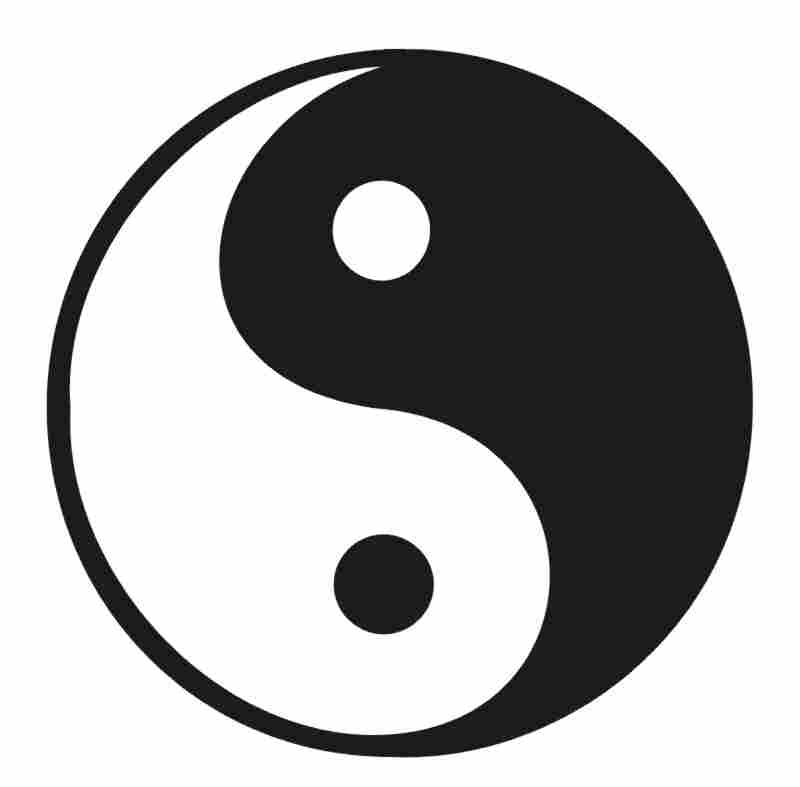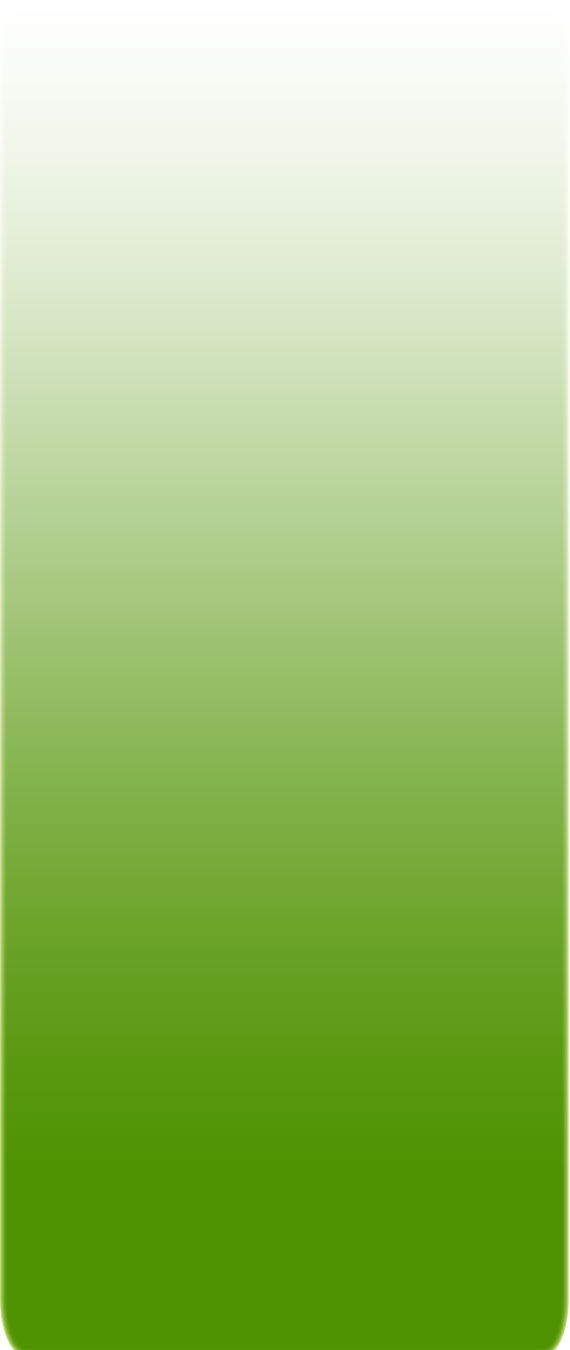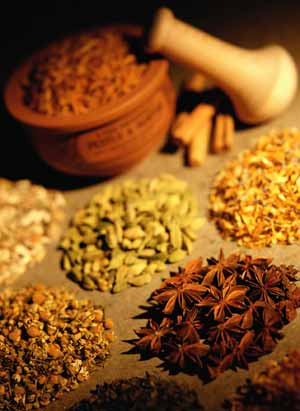





Asian Medicine
Traditional Chinese Medicine (TCM)
Acupuncture originated in China over 5,000 years ago. It was developed to restore health and well-being by inserting fine needles into specific areas of the body. There are a system of points in the body that are linked together by a network of “meridians”. Problems occur when there is a blockage of energy (Qi) flow through the body. When body systems work together properly, they are in the state of homeostasis or "balance." When they lose this state of balance, they are considered to be in a state of disease. Acupuncture treats the body as a whole; treatments are based on strengthening the body's resilience, thus encouraging the body to heal itself.
Japanese Meridian Acupuncture (JMA)
The major differences between TCM and JMA is: with JMA the needle stimulation is less aggressive and needle insertion is much shallower than TCM. In JMA, we use much finer needles than those of TCM in order to avoid pain upon insertion.
Another difference in JMA verses TCM is that the emphasis placed on meridians instead of individual acupuncture points. The meridians can be seen as invisible energy pathways, almost like railways, flowing throughout our bodies, and acupuncture points can be seen as the rail stations located on the meridians. In JMA, we look at the entire railways first to find which root causes stagnation of energy flow and seek a specific acupuncture point by palpation to release the stagnation, where as TCM, rather than using meridians, uses designated acupuncture points known for a certain problem.
Herbal Medicine
Herbal formulas may be prescribed to complement the acupuncture treatment or taken alone if acupuncture treatments wanted. All the herbal formulas prescibed are GMP certified and free of toxins and chemicals.
Conditions recognized by the World Health Organization to be effectively treated with Acupuncture
Accessory Techniques
These techniques may also be used as part your treatment:
Electro-acupuncture ("e-stim"): Small electrical currents (millicurrent) are sometimes added to the acupuncture needles to create a pronounced effect. It is typically used in musculoskeletal pain or stasis of varying types. This technique can also be utilized for pediatric "needleless" acupuncture.
Moxibustion: Moxibustion an ancient Chinese medicine technique which involves the burning of artemesia vulgaris (a.k.a. mugwort) to facilitate healing. Moxibustion is used to strengthen the blood, stimulate the flow of Qi and maintain general health. The burning of moxa is used to treat many conditions: expels cold conditions, increases circulation, stimulates menstruation, ease menstrual cramps, treat infertility, treat bronchial asthma, treat arthritis and many more.
Cupping: Cupping is another ancient technique that applies suction cups to particular regions of the body to remove stagnation, release congestion and relieve pain. Toxins are brought to the surface to be released through the open pores. The increased blood flow into the area of cupping also allows the area to heal more quickly. Cupping may also be used to treat respiratory conditions (common cold, bronchitis, asthma) and gastrointestinal disorders.
Gua Sha: Gua Sha is a technique which involves scraping the skin with a smooth surface (typically a ceramic spoon, lid, coin or special tool) in areas where there is congestion or pain. It promotes healthy circulation to the area, relieves pain and tension, and restores proper function to the muscles. It is typically used in the case of the common cold, head and ear congestion and general muscle pain.
Tui Na: "Tui Na" literally translates to "push pull" and is type of medical massage. Based on Traditional Chinese Medicine, Tui Na incorporates techniques that are similar to massage, chiropractic, osteopathic and physical therapy. Tui Na uses a variety of hand techniques and passive and active stretching to correct anatomical musculoskeletal conditions, neuromuscular patterns and increase circulation at different areas of the body.
Questions?